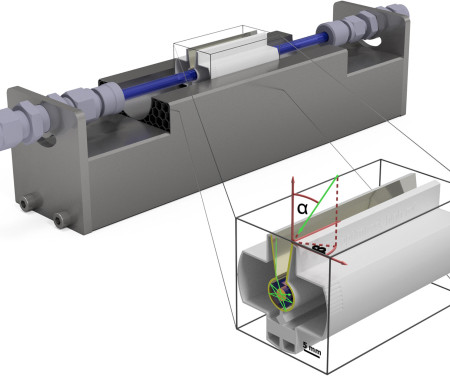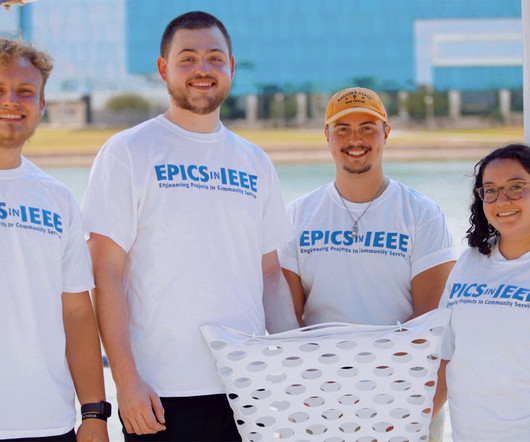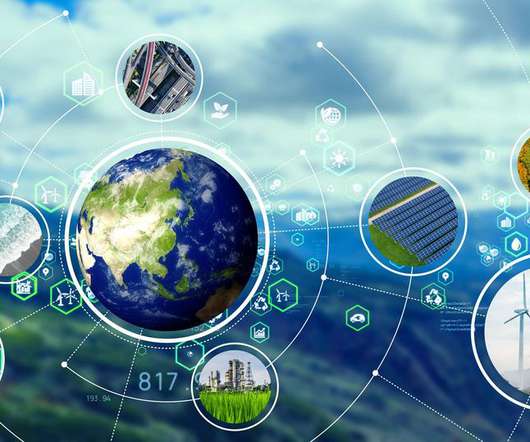Swiss team develops effective and low-cost solar water-splitting device; 14.2% solar-to-hydrogen efficiency
Green Car Congress
AUGUST 25, 2016
The prototype system is made up of three interconnected, new-generation, crystalline silicon solar cells attached to an electrolysis system that does not rely on rare metals. crystalline Silicon (c-Si) solar cells show high solar-to-electricity efficiencies, and have demonstrated stabilities in excess of 25 years.



































Let's personalize your content